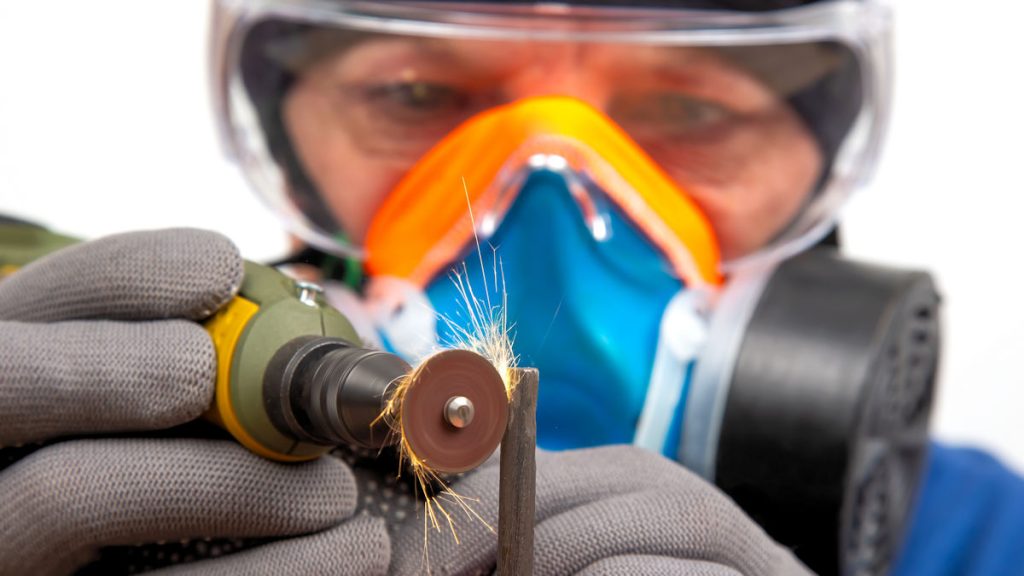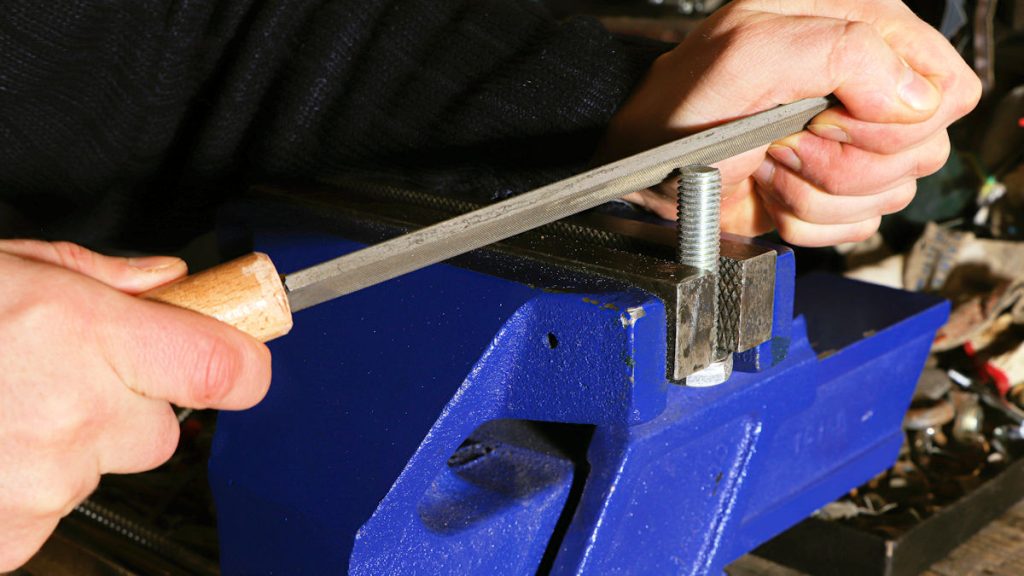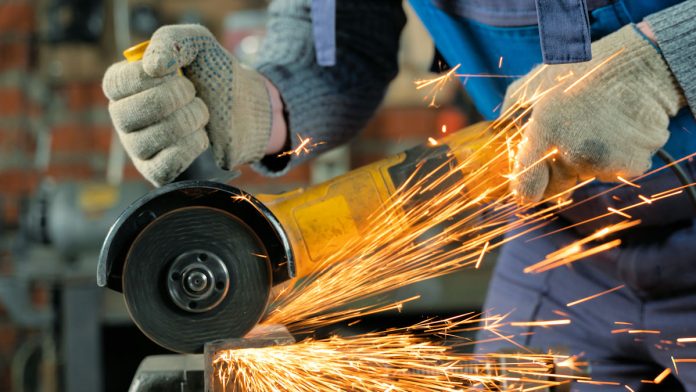Choosing Metalworking Tools for Security Installations.
Choosing Metalworking Tools – Metalworking is more common in the electronic security industry than you’d think, from drilling for mountings and footings, to cutting for framing, or shaping an environment to accommodate devices, systems and support infrastructure.
Arguably the most common area security technicians will undertake metal work is around door frames when installing electric strikes and door hardware, but there are plenty of other locations where metal work will be imperative.
Key aspects of metal work include safety of eyes and hands. Getting measurements correct is more important with metal work, too, as the material can be less forgiving of small mistakes. Other factors to consider are that different types of metal pose different challenges to tools, and that metal working operations like grinding, cutting, drilling and shaping will wear out drill bits and cutting disks.
Choosing Metalworking Tools – Starting at the most basic level metal snips can help with trimming and metal files can help with smoothing of rough edges. Snips can be specialised to go around corners – obviously they only work with lighter metal sheets.
A bench-mounted Beverly Shear does the same job with metal stock, which may be relevant for custom work. A hacksaw with a thoughtful blade selection can get through metal conduit or sheet metal and will deliver a reasonably straight cut that can be filed smooth.
Other hand tools includes mallets and hammers and forming bags and slappers, files and rasps, and if you’re a craftsman, you might find yourself using spring steel spoons and a dolly or spike to shape metal in custom applications. A vise is another piece of kit you’ll be glad you have for metal work – bench-mounted or in the van.
Choosing Metalworking Tools – Arguably the tool most commonly used will be an angle grinder and a selection of discs for its 4-and-half inch wheel. You need to get your face and eyes covered when the angle grinder comes out, as they can throw red hot fragments of metal long distances. An angle grinder will make short work of cutting conduit, frames, bars, trimming fittings or mountings.
Angle grinders are ideal for taking off rusted mounts, whisking through unfinished metal, doing initial rough cuts or reopening welded seams. These tools are relatively light and compact, and exceptionally capable, but they are not designed for fine metal work.
Another useful tool for nipping off rusted bolts or opening welds is a cut off tool, which is similar in form to an angle grinder but has a smaller 3-inch wheel, making it more compact for tight spots. Being smaller, it’s also less capable when it comes to undertaking more challenging cuts.

There are some applications you might reach for a Sawzall reciprocating saw – again, this tool is great for cutting metal things up, but it’s a rough beast – you might use it to remove structural elements, but you don’t want to do delicate work with this machine. Sawzall blades are long, too, which makes a light touch more difficult.
It’s also possible to outfit a circular saw with a metal cutting blade to handle tubes, bars or aluminium. A circular saw will give a nice straight cut, but you need to work carefully to avoid breaking blades.
Choosing Metal Working Tools for Security Installations
Bi-hole saws are hollow cylinder bits with hardened teeth that allow them to cut through metal sheets – this can be a useful capability if you need to get cabling through.
Another neat workshop tool is an air saw. These are powered by an air compressor and are small, light, and capable of making lovely curved cuts, as well as doing straight cuts in experienced hands. An air saw can cut heavier metals but will consume blades to do so – you can do the tough stuff with an angle grinder and use an air saw for fine work.
Air saws work best with thinner metals, but they can reliably cut through thicker stock as well. The thicker the material, the longer it will take to cut, and the more blades you’ll burn through. Fabricators will often use an angle grinder for cutting heavier sections of metal, leaving the air saw for more precise finish work.
Dremel rotary tools are ideal for cutting, grinding and polishing using a range of relatively inexpensive bits. A Dremel is a handy bit of kit in skilled hands and will do straight cuts, curved cuts and fine details – there will definitely be a Dremel or another rotary tool in your kit bag that will come out when you’re working on steel door frames.
A pneumatic cold saw is a woodshop chop saw for cutting metal with fine blades cooled by a stream of water. A cold saw is a fast way to get through thick metal without throwing sparks – but it’s a workshop tool and comes at a price.
Oxy-acetylene torch – these tools are designed to get through any metal and is powered by tanks of compressed oxygen and acetylene that can be balanced to create the ideal temperature to cut the metal you’re doing battle with. They are ideal for heavy metals but they’ll ruin finer metals.
A cutting torch is ideal for cutting through heavy stock materials, steel bars, beams, and other building materials. For thinner materials or painted surfaces, the flame from the torch will burn and warp them. Another cutting torch is a handheld plasma cutter, which is as delicate as any torch can be, allowing curved lines to be created with a cooler cutting point.
Dedicated drill bits for fixings in metal are another key requirement. You can use general purpose high speed steel bits but these will not last long if you’re doing a lot of drilling. For long life you need hardened bits comprising metals like cobalt, titanium nitride or black oxide.
If you’re interesting in choosing metalworking tools, you can see some metal working tools here, or read more SEN news here.
“Choosing MetalWorking Tools for Security Installations.”









